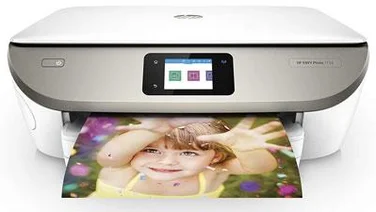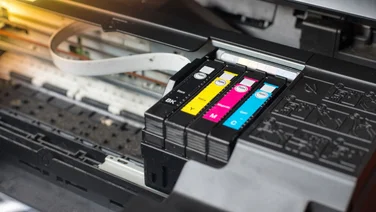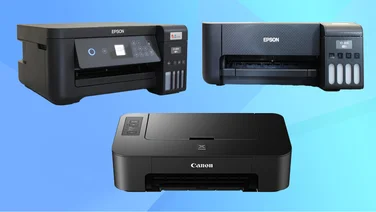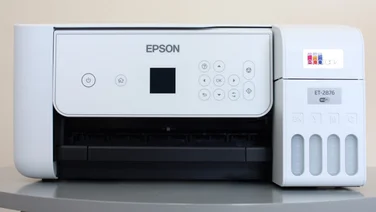To help us provide you with free impartial advice, we may earn a commission if you buy through links on our site. Learn more
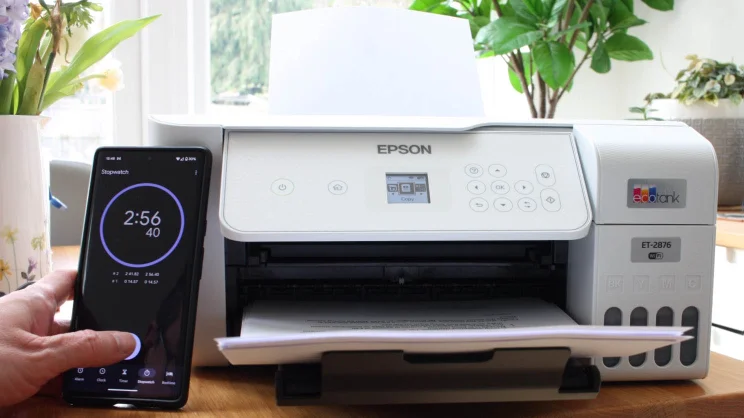
While the internet has vastly reduced the amount of paper we use, it hasn’t eliminated it. Whether we’re at home or in the office, we still need to print things out now and then, such as when making copies of documents, printing formal letters, producing homework projects and getting hard copies of favourite photos.
As a result, printers remain an essential home and office peripheral. The big problem is that there are so many models to choose from, all with different capabilities and prices, making choosing which model to buy tricky.
This is where we come in. At Expert Reviews, we’ve been testing printers for years, so we know a thing or two about what makes a good one and a bad one. We use structured, objective testing to take all of the guesswork out of a buying decision, by combing through features, analysing hidden costs and, most importantly, putting every printer we review through a barrage of speed and quality tests. Here’s how that process works.
Features
With printer prices varying between tens and hundreds of pounds, it’s clear that not all printers are created equally. You can see this by scrutinising the list of features that a printer has. Some are obvious, such as whether it’s mono or colour, uses laser or inkjet technology, and offers the additional functions that come with a built-in scanner. This is only a partial guide, though, as all these features are often available in both low-end and more expensive printers like the Brother MFC-J6955DW pictured below.
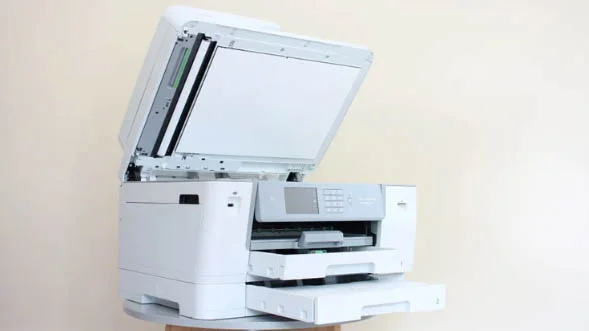
Other features are less visible, such as how it handles double-sided or “duplex” printing; can it print on both sides automatically, or do you have to print on one side then feed the paper back in? How many paper trays does it have, and how much paper can it hold? These may not be the first things you think about when buying a printer, but they’re important factors that can make a printer significantly easier to use.
Ease of use and installation
Most modern printers are straightforward to install, but some are still better than others. We go through the process like a consumer would, but have set up lots of printers from all the main manufacturers, so we can easily see when one is better than another. We set them up on both a PC and a mobile device, so we can see how the installation varies depending on which device you use.
Performance
Once the printer is set up, we push it through a barrage of speed tests. This is where the bulk of the testing work is done. Each printer is sent pages and pages of text, photos and business graphics. The documents are printed on standard copier paper using the device’s standard settings, while photographs are printed at the highest quality on generic glossy photo paper.
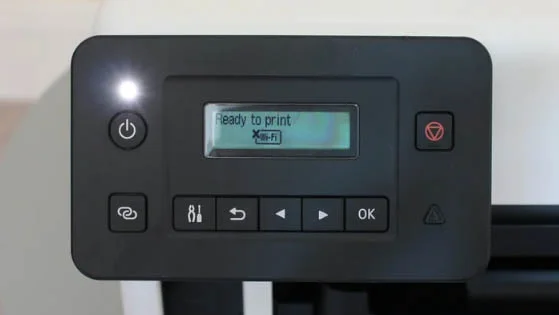
We use multi-page documents to get the best idea of how fast each printer is. It gives them plenty of opportunity to get up to their peak running speed. However, we quote our performance figures from the moment the print button is pressed, so we can also see if there’s a long wait time before the printer produces its first page. We always use the same documents on every printer, so when we compare the page speeds of several models, it’s always a fair comparison.
Some printers have more functions, such as the scanning and copying tools that come from having a scanner built in. When available we test these, too, to see how quickly the printers can produce their copies, and how long it takes to make scans of various-sized images at different resolutions.
Printer quality
We keep a library of particular pages from the speed tests to assess the quality of the printers. This includes a copy of our test letter, a portion of a business presentation and, of course, a selection of photos. It means we can compare results from a broad range of printers, and we can easily make side-by-side comparisons.
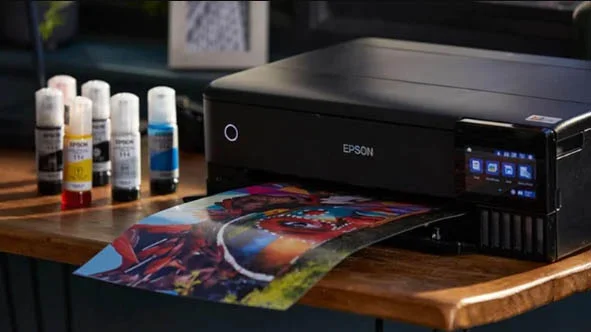
Although quality is a subjective test, we can get a strong sense of how good a printer is by comparing prints from rival models side by side. We use a magnifying glass to see how crisp black letters on white paper are. And with hundreds of photo prints to compare the latest printer’s output to, we can easily see how dark the deepest blacks are or how subtly the lighter shades are replicated.
If the printer also has a scanner, we test the quality of this, too, by scanning in the same prints on every model we test.
Running costs
The cost of running a printer can vary wildly from one model to the next. Fortunately, all the printer manufacturers whose products we review state the page yield of their ink cartridges – how many pages each one should produce before running out. This is based on printing an ISO standard document, so it may not turn out to be exactly the number of pages you’ll get from your printer, but it’s a good tool for comparing one model against another.
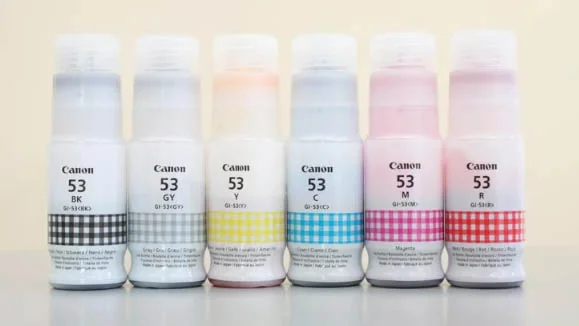
We use this information, along with the price of cartridges, to get a cost per printed page by dividing the price of the cartridge by the quoted page yield. Sometimes there’s a bit more maths to be done, as multiple cartridges need to be used to produce a single full colour page, but the principle gives us a good idea and a useful point of comparison.
Conclusion
We take our printer testing very seriously. With our results, you can see how any printer we’ve tested might suit your needs, whether you want something that can print lots of pages at speed, a more budget-friendly model that’s affordable to run, or quality photo prints that will do justice to your favourite pics. Maybe you’ll even be able to find one that can do all three.

